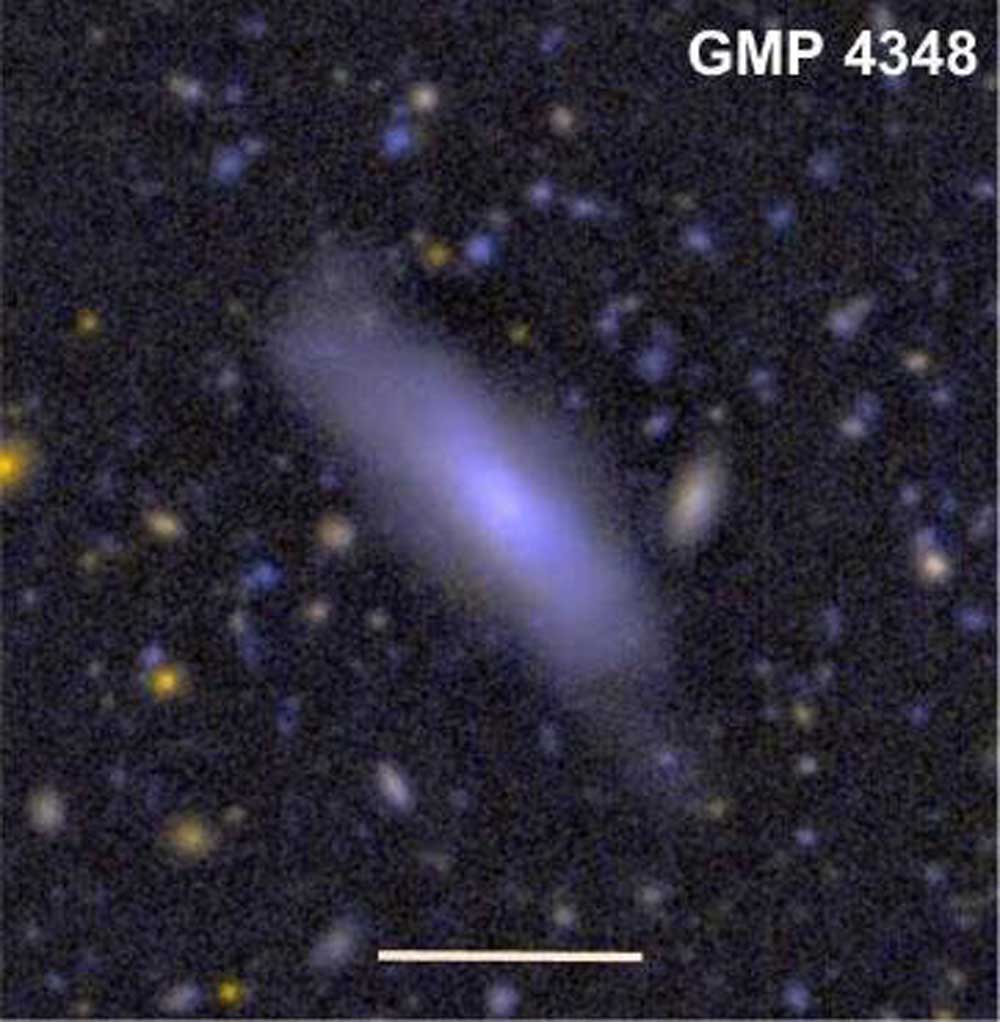When compared with a few starts Ultra-diffuse galaxies or UDGs have very low luminosities. UDGs also have very little star-formation activity, if we compare it with normal galaxies of similar sizes. UDGs have wide range of sizes and shapes that we can find in galaxy clusters. Many UDGs are round and smooth like dwarf elliptical galaxies. Some UDGs have distorted shapes, some are like total masses of one hundred billion solar-masses.
These galaxies are important to astronomers on their own right. The diffuse structures of these galaxies are valuable to astronomers who are trying to recover information about the dark holes. Scientists believe that most of their mass of the galaxies is there in the form of dark matter.
Scientists were unable to find the proper reason behind the origin and evolution of UDGs.
Supernovae from has played a significant role in the formation of stars. But the same supernovae from have probably puffed these galaxies up from dwarf-galaxy sizes and further star formation has been inhibited. Though it is also thought that tidal interactions can also be responsible for this action. Another reason can be UDGs can also result from peculiar initial properties.
Astronomers has used Binospec instrument on the MMT to know more about faint diffuse galaxies in the Coma. They have also included Abell 2147 clusters of galaxies in it too. They have chosen eleven low-luminosity and diffuse objects which also has little star-formation. They have chosen stars that are 1.5 billion years old which is a relatively young age. This young age refers that the galaxies are in a post-starburst phase. All these stars have suffered recent encounters with another galaxy recently and has gone through by some recent star formation.
These post-starburst galaxies have enabled astronomers to model the stellar history of each galaxy from a very deep optical spectrum. The optical spectrum has disclosed he presence of rotating stellar disks in the galaxies that are made of 95% dark matter.
Scientists have measured out that these galaxies must have begun making stars about twelve billion years ago. After that, two or one hundred million years ago, galaxies got triggered by ram pressure by encountering other galaxies. As a result of this galaxies shut off most of the star formation.
The final result of this experiment was ram pressure was responsible for galaxies puffing up and this ultimately become UDGs.

